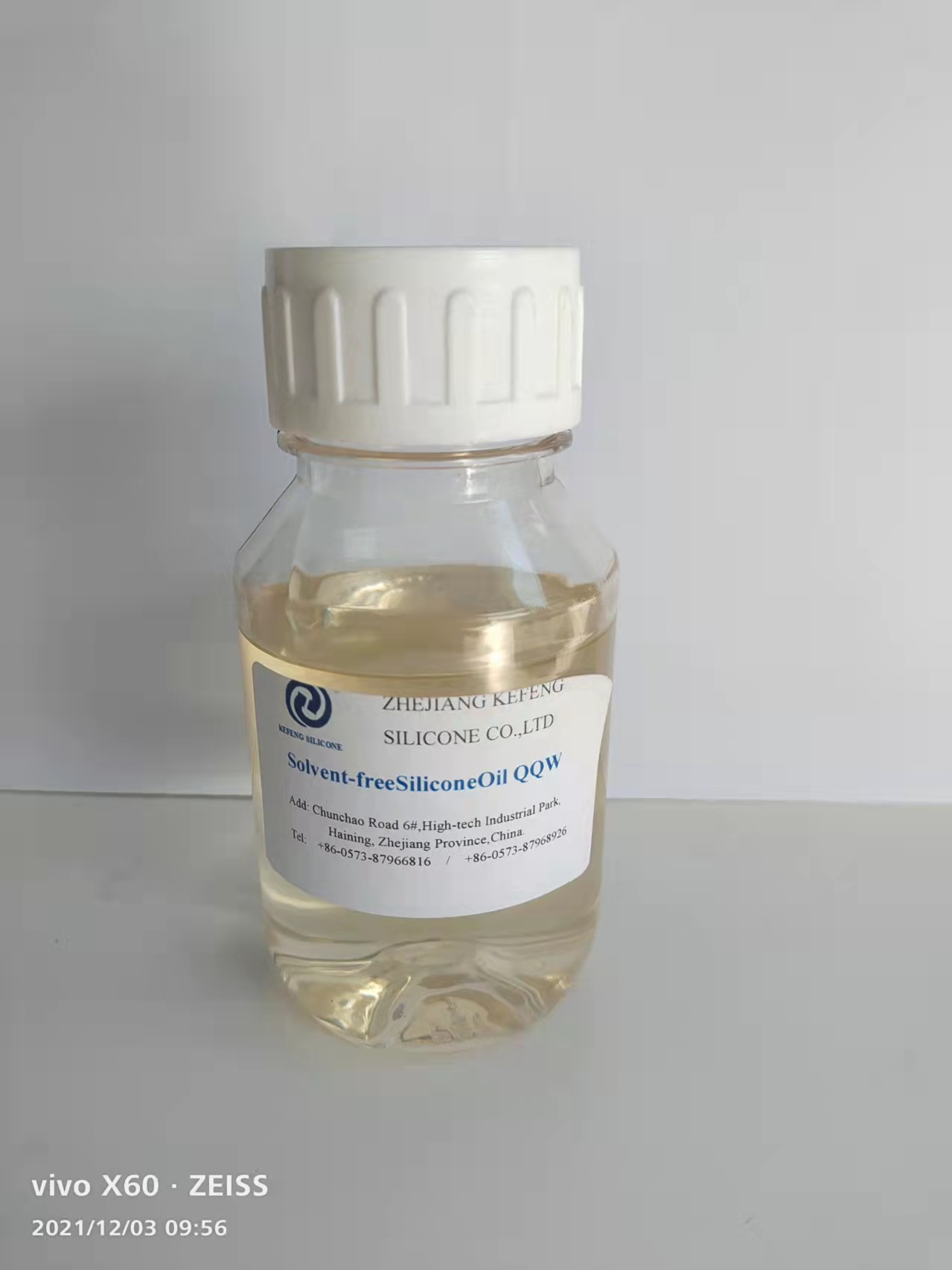

Views: 4 Author: Site Editor Publish Time: 2024-02-29 Origin: Site

Impact-resistant textile crosslinking agents have become increasingly popular in the textile industry due to their ability to improve strength and durability of clothing and other textile products. Crosslinking agents are used to link individual polymer chains together, creating a more stable and resistant material. This is particularly important for textile products that are subjected to wear and tear, such as workwear, military uniforms, and sports apparel.
The industry has been focused on finding new and innovative ways to improve the strength and durability of textile products. Impact-resistant textile crosslinking agents have been developed for this purpose, and they are an effective solution. These agents work by strengthening the molecular structure of textiles, resulting in increased resistance to external impacts and tears.
The benefits of using impact-resistant textile crosslinking agents are numerous. These agents can be used to improve the strength and durability of textiles without compromising its flexibility or comfort. They are also non-toxic, making them safe for use in clothing and other textile products. Furthermore, the use of these agents can lead to cost savings in the long run. When textile products last longer due to their increased strength, this translates into fewer replacements and reduced costs for consumers and manufacturers alike.
In addition, impact-resistant textile crosslinking agents have important applications in the military and law enforcement sectors. These agents are used to produce higher quality, more durable military uniforms, which are essential for the safety and success of military personnel. They are also used in the production of protective clothing for law enforcement personnel, allowing them to remain safe while on duty.
Overall, the use of impact-resistant textile crosslinking agents is a positive development in the textile industry. They provide increased strength and durability without compromising comfort or flexibility, and offer important applications for the military and law enforcement industries. As research continues in this area, we can expect to see further advancements in the production of these agents, resulting in even greater improvements for textiles and other related industries.
